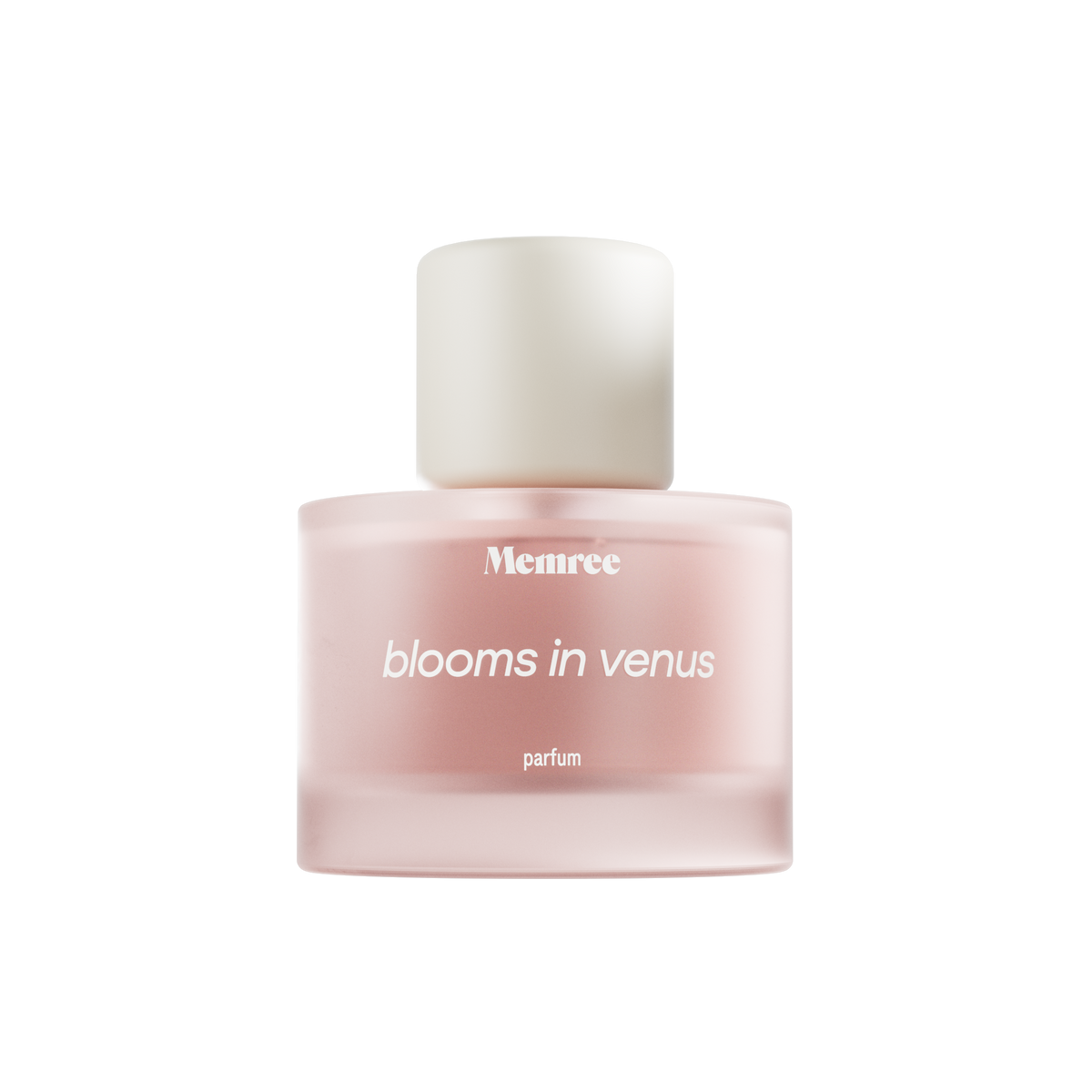Perfume is more complicated than most people think. At its heart are three layers: top, middle, and base notes. Each of these layers plays a specific role, and understanding them is crucial to grasping how perfumes work.
Top Notes in Perfume
Let's start with the top notes. These are the first things you smell when you spray perfume. They’re usually light, fresh, and designed to grab your attention. Citrus, herbs, and light fruits like berries are common top notes. But here’s the catch: they don’t last long. After a few minutes, they start to fade, and that’s by design. Top notes are like the opening scene of a movie—they set the tone, but they’re not the whole story.

Middle Notes in Perfume
Next come the middle notes, also known as the heart notes. These form the core of the fragrance and start to emerge once the top notes begin to dissipate. Middle notes are more robust and complex, often floral or spicy. Think of lavender, rose, or cinnamon. They’re meant to be more enduring than the top notes, lasting for several hours. If top notes are the first impression, middle notes are like getting to know someone better—you start to see the depth and richness that wasn’t obvious at first.

Base Notes in Perfume
Finally, we have the base notes. These are the foundation of the perfume, the part that lingers on your skin long after the top and middle notes have evaporated. Base notes are usually rich, heavy, and often include ingredients like musk, vanilla, or sandalwood. They’re not meant to be immediately obvious; instead, they add depth and complexity, slowly revealing themselves as the perfume dries down. If a perfume were a story, the base notes would be the final, lasting impression—the part you remember long after everything else has faded.

So why do perfumes have these different notes? It’s about creating a journey for the senses. If you only had one note, the experience would be flat, one-dimensional. But by layering top, middle, and base notes, perfumers can create a dynamic, evolving scent that changes over time. It’s like a symphony, where different instruments come in at different times to create a rich, full experience.
The art of balancing the notes
Mixing these notes is an art. A skilled perfumer knows how to balance them so that they complement each other. Too much of a strong base note, and it can overpower everything else. Too little, and the perfume lacks staying power. The real trick is in the transitions—how smoothly the top notes give way to the middle notes, and how the middle notes blend into the base. When it’s done right, you don’t notice the transitions at all; the scent just seems to naturally evolve, like a conversation that flows without awkward pauses.

But making different notes isn’t as simple as just picking ingredients. Each note needs to be carefully chosen and blended. Top notes need to be light and volatile, meaning they evaporate quickly. Middle notes need to be more stable but still harmonize with both the top and base notes. Base notes, on the other hand, need to be the most stable, lasting for hours or even days. The chemistry of these ingredients is as important as the scent itself. You can’t just throw them together and hope for the best.
The layers of ingredients
What’s fascinating is how the same ingredients can behave differently depending on where they are in the structure. Jasmine, for example, can be used as a middle note to add floral richness, but it can also be part of a base note when combined with something like amber. The context changes the character of the scent. It’s like how a word can have different meanings depending on the sentence.
Understanding these layers isn’t just for perfumers. Even as a consumer, knowing about top, middle, and base notes can change the way you choose and wear perfume. You start to see why a perfume that smells great in the bottle might not smell the same on your skin after a few hours. It’s not just about what you like in the moment; it’s about how the scent will develop over time.

In the end, the importance of these notes lies in their interaction. A good perfume isn’t just a bunch of smells thrown together; it’s a carefully crafted blend that unfolds in stages, each note playing its part. That’s why, when you find a perfume you love, it feels like more than just a smell—it feels like a journey.








